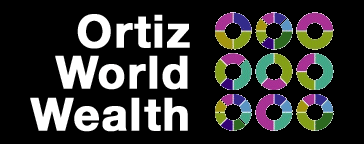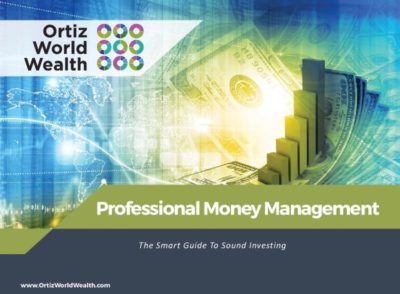15 Jun Are You Ready to Apply for PPP Loan Forgiveness?
According to the U.S. Small Business Administration (SBA), more than 10 million Paycheck Protection Program (PPP) loans had been approved as of April 25, 2021. Designed to help businesses keep their workforce employed during the COVID-19 pandemic, many of these loans are now eligible for forgiveness.
If you’re a PPP loan borrower, you may submit a loan forgiveness application once you’ve used all of your loan proceeds. Because you have up to the maturity date of your loan to apply for forgiveness, some business owners have chosen to delay submission of the application while the government continues to finalize the guidance for lenders.

SBA and Treasury department rules for the forgiveness process have already evolved several times. With additional stimulus measures up for debate in Congress, it’s possible further changes may be made. If you have yet to apply for PPP loan forgiveness, you may want to consult with your financial advisor or CPA on timing.
In the meantime, here’s a summary of the basic questions you’ll need to answer if you’d like to secure forgiveness of your PPP loan. The info below applies to both first and second draw forgiveness requirements.
Did You Spend Your PPP Loan Funds on Eligible Expenses?
To be eligible for full forgiveness, you must have spent at least 60 percent of your PPP loan proceeds on payroll costs. Payroll costs include salaries, wages, commissions, tips, bonuses, and hazard pay. They also include employee benefits such as vacation, sick leave, health and dental insurance, and retirement plan contributions. State and local taxes assessed on compensation also qualify as payroll expenses.
Full forgiveness may still be allowed if you spent 40 percent or less of the PPP funds on eligible non-payroll costs. These include interest on mortgages, rent, utilities, business software, payroll services, property damage, supplier costs, and personal protective equipment for workers.
Did You Keep Your Workers Employed?
Because the program was designed to help businesses keep people employed, just spending your funds on eligible expenses is not enough to guarantee full forgiveness. If your loan was for more than $50,000, you needed to also maintain your workforce in terms of full-time equivalent (FTE) employees during the covered period of your loan (eight weeks or 24 weeks).
If you reduced your staff’s hours or decided to lay people off during the covered period, your FTEs may have fallen—and the amount of PPP loan eligible for forgiveness fell along with it. Unless, that is, you qualify for one of the SBA’s safe harbors that may help you avoid the FTE reduction.
If your FTEs fell during your covered period because you were complying with health and safety requirements or guidance, you may be protected by FTE Reduction Safe Harbor 1. If your FTEs fell but were restored to pre-pandemic levels no later than the last day of the covered period, you may be protected by FTE Reduction Safe Harbor 2.
There are also FTE exemptions for employers whose laid-off employees refused rehire offers.
Did You Maintain Your Employees’ Wages?
Rather than cutting hours, laying off employees, or furloughing staff during the pandemic, some business owners chose to reduce wages. If your PPP loan was for more than $50,000, you could not reduce wages more than 25 percent or you would not receive full forgiveness. However, if you had to cut wages but restored them to pre-pandemic levels by the last day of your covered period, the SBA Salary/Hourly Wage Reduction Safe Harbor may enable you to still qualify for full forgiveness of your PPP loan.
Do You Have All of Your Documentation?
You cannot be too detailed in your recordkeeping for PPP loan forgiveness purposes. In addition to bank account statements and ledger entries, you’ll need documentation for every expense you covered with PPP loan funds. This includes payroll records, copies of mortgage interest payments, and copies of your rent and utility payments as well as receipts for any other allowable expenses.
You’ll find more information about specific documentation requirements on the SBA’s forgiveness forms (more on this below). Your lender will also be a valuable resource.
Are You Ready to Apply for PPP Loan Forgiveness?
Some lenders have delayed acceptance of forgiveness applications as they’ve worked to get their systems in order. Others have limited applications to loans of certain dollar amounts. If you haven’t yet received a notification from your lender that you can now apply for forgiveness of your PPP loan, you should check in with them on the timeline and review the application and documentation you’ll be required to submit.
At present, there are three SBA forgiveness applications. The one you need to use will depend on your loan amount and any workforce or salary reductions you made.
- Any borrower can use Form 3508.
- Form 3508EZ is for borrowers who didn’t reduce employee salaries by more than 25 percent and did not reduce staff. It’s also for borrowers who were unable to operate due to following health guidelines.
- Form 3508S is for borrowers whose PPP loan was for $150,000 or less.
Once your application for forgiveness is submitted to your lender, the SBA has up to 90 days to approve or deny your request.




Sorry, the comment form is closed at this time.